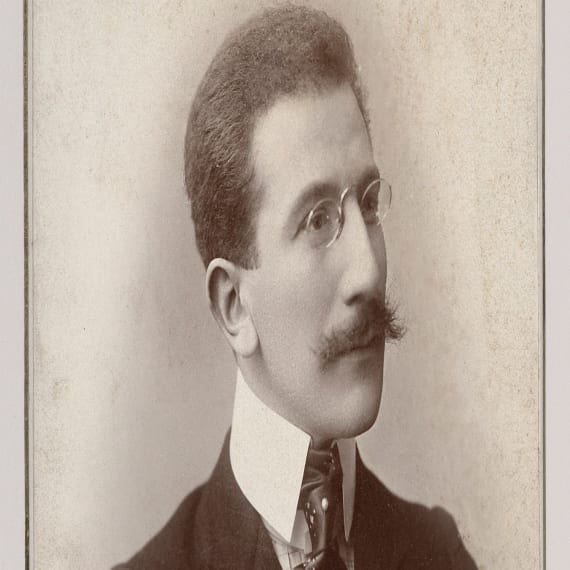Prices
Show / Event
Venue
Experience
No result. Clear filters or select a larger calendar range.
No show today.

Part I
The years of training
Lev Rosenberg was born in 1866 in Grodno, near the western border of the Russian Empire. The eldest of four children he was the son of a learned man who was respected in the Jewish community. Rosenberg was the grandson of a tailor, and he inherited from his grandfather a pronounced taste for elegance. He was about fifteen years old when, as the result of a drawing competition, he chose to become a painter. The young man studied at the Saint Petersburg Academy of Arts for four years, and started a career as an illustrator.
In 1889, for his first exhibition, Lev Rosenberg adopted the surname Bakst, a reference to his paternal grandmother’s patronym, Bakster. To feed his brother and his sisters, he began to work in the world of publishing. He then met the Russian painters Albert and Alexandre Benois, and took part in gatherings of young artists and intellectuals. In 1891, he began a journey around Europe. 1898 saw the start of Mir Iskusstva, “The World of Art”, an avant-garde group led by Sergei Diaghilev. The group focused on symbolism and Art Nouveau, and was committed to approaches aimed at a synthesis of the arts. Thanks to Diaghilev, Bakst took his first steps in the world of the theatre in Saint Petersburg.
In 1903, he met Lyubov Pavlovna, daughter of the businessman and collector Pavel Tretyakov. To marry her, he had to renounce Judaism and convert to Protestantism. They had a son, Andrei, born in 1907.
Gallery
Part I
1/2
Immerse in the Paris Opera universe
Business Space
Back to top















